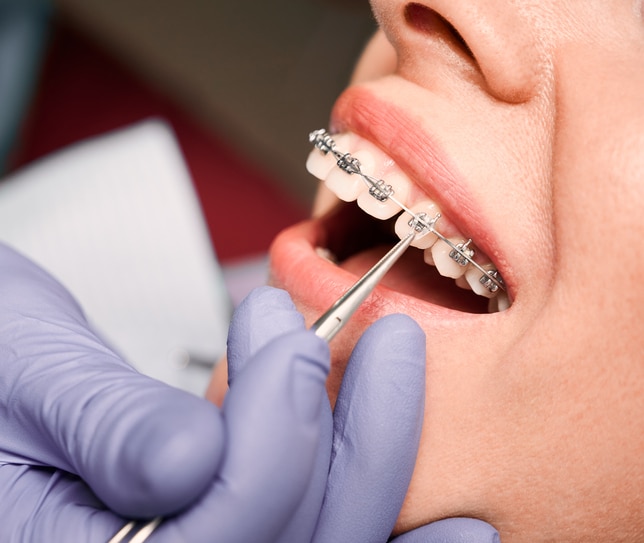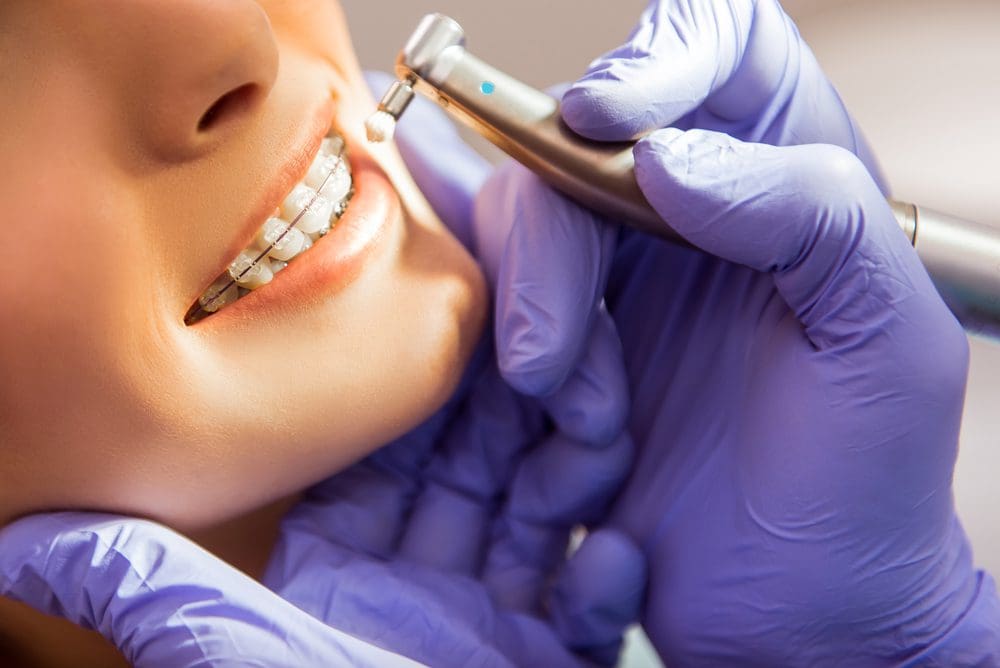What Establishes Cumming Braces and Aligners In Addition To Various Other Orthodontic Treatments
What Establishes Cumming Braces and Aligners In Addition To Various Other Orthodontic Treatments
Blog Article
Comprehensive Guide to Orthodontics Treatments for Correcting Oral Imbalances
Comprehending the ins and outs of each procedure, including their mechanisms, advantages, and prospective downsides, is essential in making informed choices about one's orthodontic treatment. As we browse through the extensive guide to orthodontic treatments for correcting dental misalignments, the intricate details of each method will unravel, dropping light on the path toward a practical and unified oral alignment.
Orthodontic Procedures Introduction

In enhancement to clear aligners and traditional braces, orthodontists might additionally recommend various other interventions like headgear, palatal expanders, or retainers to resolve particular alignment issues (orthodontist). These treatments are customized per individual's unique needs and might include a combination of therapies to accomplish the desired outcomes. Normal adjustments and tracking are critical components of orthodontic therapy to ensure progression is on track and to make any type of essential adjustments along the road. By undertaking orthodontic procedures, patients can not just achieve a straighter smile yet additionally enhance their general oral health and feature.
Traditional Braces: How They Work
When taking into consideration orthodontic treatments for oral imbalances, conventional dental braces attract attention as a reliable technique for remedying teeth placing. Conventional braces contain brackets, wires, and bands that collaborate to use continual pressure on the teeth, gradually moving them right into the desired placement. The braces are connected to the teeth using an unique adhesive, and the wires are threaded with the brackets. By changing the tension of the cords, orthodontists can control the direction and pressure related to each tooth, directing them right into proper placement over time.
As stress is applied to the teeth via the dental braces, the bone bordering the teeth is improved to support the new tooth positions. Clients will certainly require regular adjustments at the orthodontist's workplace to make sure the braces continue to use the correct stress for effective teeth activity.
Undetectable Aligners: Cons and pros
Invisible aligners use a hassle-free and very discreet option to typical dental braces for correcting dental imbalances. These clear, tailor-made trays are essentially invisible when put on, making them an attractive option for individuals looking for a much more visually pleasing orthodontic therapy. One of the main advantages of undetectable aligners is their removability, enabling simpler upkeep of dental health compared to typical dental braces. Individuals can remove the aligners prior to consuming or brushing their teeth, minimizing the risk of food getting embeded the appliance and simplifying the cleansing procedure.

Surgical Orthodontic Options
Surgical treatments in orthodontics present feasible options for addressing intricate dental misalignments that might not be effectively dealt with via conventional orthodontic therapies. While typical braces and unnoticeable aligners can fix several orthodontic problems, specific situations need medical treatment to achieve optimum results. Surgical orthodontic options are usually recommended for serious malocclusions, considerable jaw inconsistencies, and instances where the underlying bone framework requires modification to accomplish proper positioning.
One common medical orthodontic procedure is orthognathic surgery, which involves repositioning the jaws to deal with functional problems such as difficulty chewing or speaking. This surgical treatment is cosmetic and restorative dentistry frequently executed in collaboration with an orthodontist who assists straighten the teeth prior to and after the treatment. Surgical orthodontics may also entail procedures to expose affected teeth, get rid of excess periodontal tissue, or reshape the jawbone to develop an extra harmonious face profile.
Before considering surgical orthodontic choices, people undertake a comprehensive analysis to identify the necessity and possible benefits of such treatments. orthodontics. While surgery may appear overwhelming, it can significantly improve both the feature and looks of the smile in cases where standard orthodontic treatments fall short
Retainers and Post-Treatment Treatment

Failure to conform with post-treatment care guidelines can result in relapse, where the teeth progressively move back towards their original positions. Consistent retainer wear, great dental health, and routine dental exams are vital for maintaining the outcomes attained via orthodontic surgery and ensuring the lasting security of the remedied dental placement.
Final Thought
Finally, orthodontic treatments supply different alternatives for dealing with oral imbalances. Conventional braces utilize steel braces and wires to shift teeth into correct alignment. Unseen aligners give a more discreet choice but might not appropriate for all instances. Surgical orthodontic options are offered for more extreme imbalances. Retainers are generally utilized post-treatment to preserve the new positioning. In general, orthodontic procedures can properly enhance oral health and visual appearance.
As we navigate via the comprehensive guide to orthodontic treatments for correcting oral imbalances, the detailed details of each approach will certainly unfold, losing light on the course toward a harmonious and practical oral alignment. - cumming orthodontist
One of the most check these guys out usual orthodontic therapies is the usage of braces, which consist of steel braces and cords that apply gentle stress to gradually shift teeth into the preferred placement.When considering orthodontic treatments for oral misalignments, traditional dental braces stand out as a time-tested method for fixing teeth positioning. Additionally, unnoticeable aligners may not be ideal for complicated orthodontic problems that need more substantial teeth motion, as they are generally suggested for moderate to modest cases. Retainers are tailor-made orthodontic tools created to hold teeth in their dealt with positions after the conclusion of orthodontic therapy.
Report this page